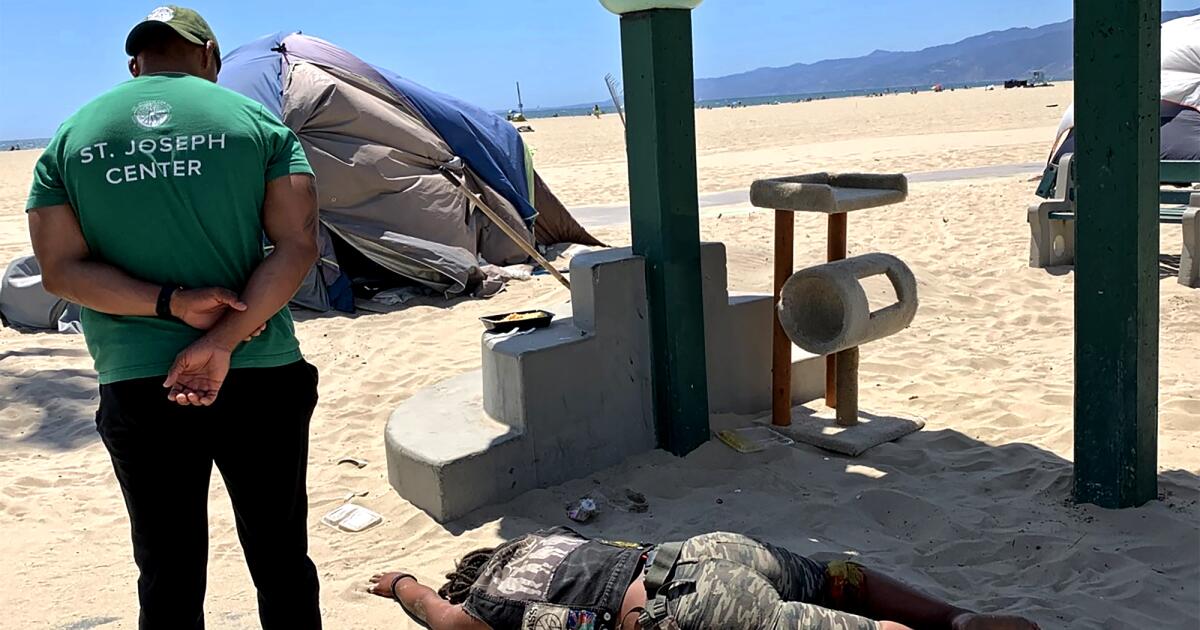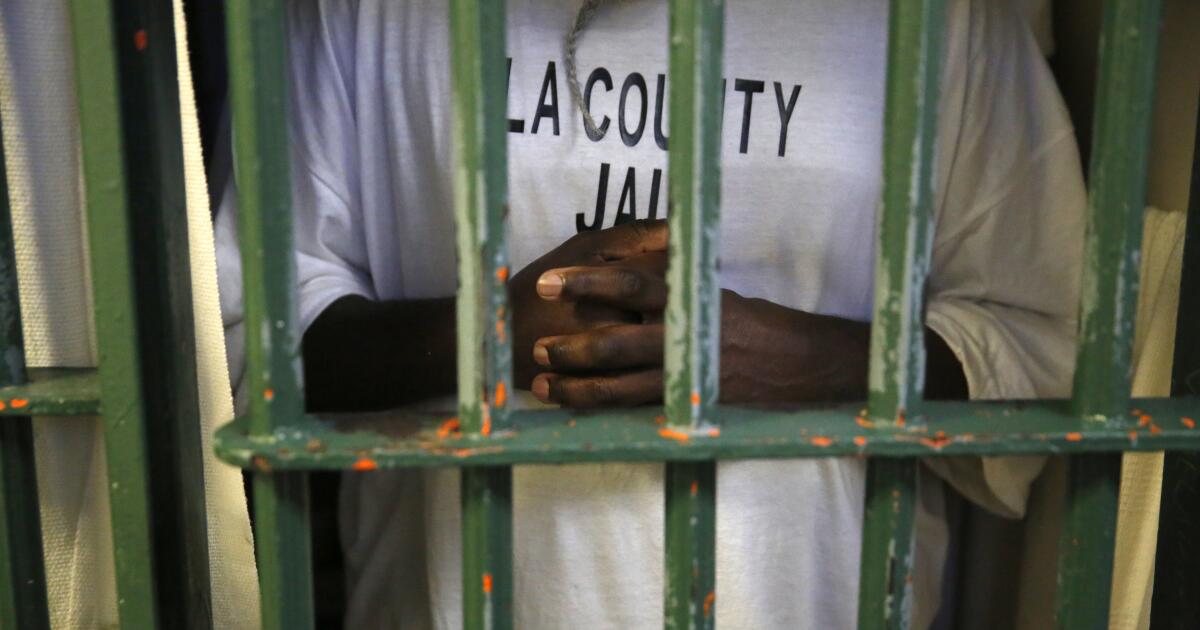The generosity of LA voters must make a difference in homelessness

Los Angeles County got a gift from voters: They passed Measure A, a half-cent-on-the-dollar sales tax that would provide $1 billion a year for homeless services and housing.
Providing the help that homeless people need is a difficult, long and expensive task, and residents clearly still believe in that task. But they will likely expect measurable progress in the near future, especially given that this is the second tax measure the county's voters have passed for this purpose. The first was Measure H of 2017, the quarterly sales tax that has now been repealed and replaced by Measure A, which would generate double the revenue.
It is important that LA city and county officials and community leaders use that money in a fair and transparent way to get people the help and housing they need. Voters often measure the effects of homelessness programs by what they see on the side of the road.
The latest homeless count showed some long-awaited progress: The number of homeless homeless people — those living outside instead of a shelter or other temporary housing — dropped 5% in the county and 10% in the city. But there are still 75,000 homeless people in Los Angeles County, about 45,000 of them in downtown LA.
The region now has a very good opportunity to resettle in significant numbers and dramatically reduce the number of camps.
One of the goals of Measure A is to prevent homelessness, and it allocates more funding to that goal than Measure H. It is important that the influx of homeless people ends. Otherwise the district's efforts to get people off the streets will not make a noticeable difference to the majority of the community or even come close to solving the problem.
The region has created 27,000 permanent housing units by 2023 (number represents mass placements), but the Los Angeles Homeless Services Authority estimates that an astounding 50,000 people fell into homelessness in the last two fiscal years. The county's homeless population as of January, which includes both sheltered and unsheltered people, was essentially unchanged from the year before, at about 75,000.
Part of the challenge of preventing homelessness is simply finding people who are at risk of homelessness. Not everyone comes to the social services center asking for help. Janey Rountree, executive director of UCLA's California Policy Lab and a consultant on the measure, has tried to address that problem by developing a data-driven strategy to identify people at risk of homelessness.
Measure A also funds eviction protection, which can help more people win or settle lawsuits and stay in their homes. It could also help many people avoid evictions on their records, which can make it harder to find new housing.
Another goal of Measure A is to reduce the number of people on the street who are seriously mentally ill, which according to recent statistics affects more than 15,000 homeless people in this region. These people need immediate help in a region that is notoriously short on all levels of psychotherapy, from short-term to long-term. And even homes with supportive services won't be enough until they get treatment.
Providing this type of care is complicated by a shortage of behavioral health professionals. On top of that, the county and state are struggling to pay for it.
Measure A can't solve all those problems, but it's expected to generate $1 billion a year, for goodness sake. Some of it should be used to provide more of these much needed beds.
Of course, supportive housing – and more housing labeled as large – is the ultimate solution to homelessness. The problem has been building fast enough and at the required scale.
Officials could do more to that effect with the money from Measure A. They should look to large-scale long-term leases of apartments and hotels for affordable housing. And they have to fund more than 30% to 50% of affordable and sustainable projects, often leaving developers to spend years raising the rest of the money from other sources.
Certainly all this work is challenging. But Los Angeles now has a major inclusion of continuity, funding dedicated to making a shadow of homelessness. Doing so is a practical and moral imperative lest the patience and generosity of the electorate run out.
Source link



